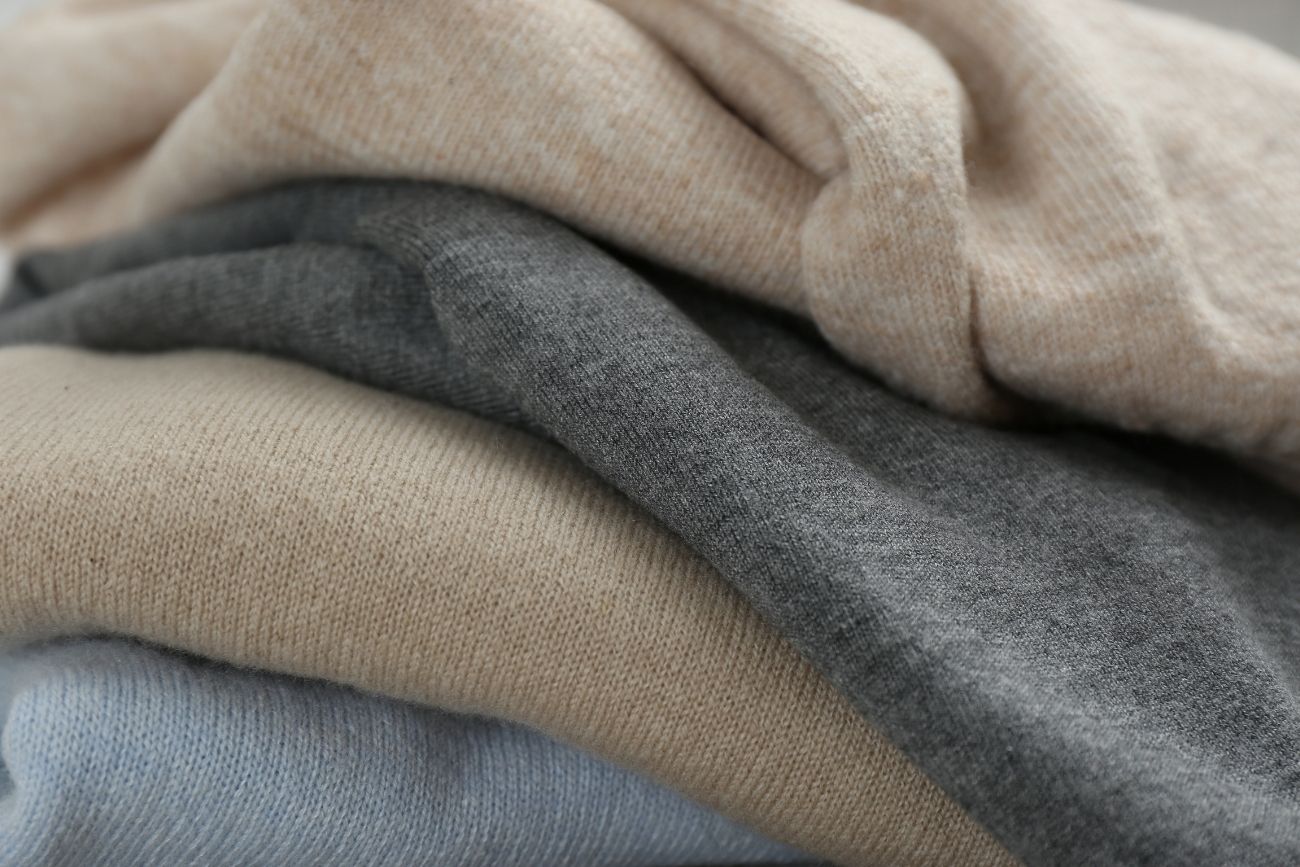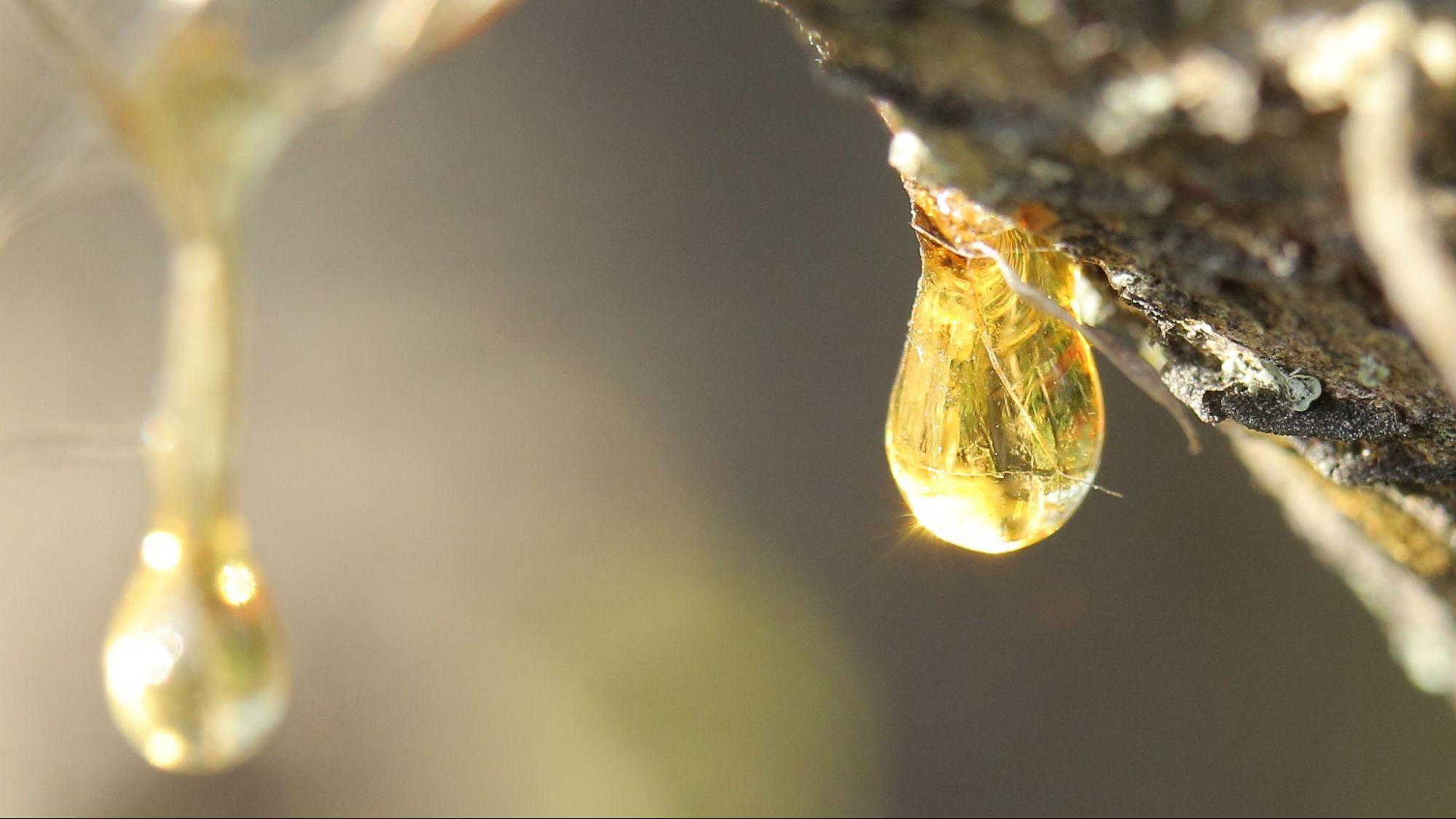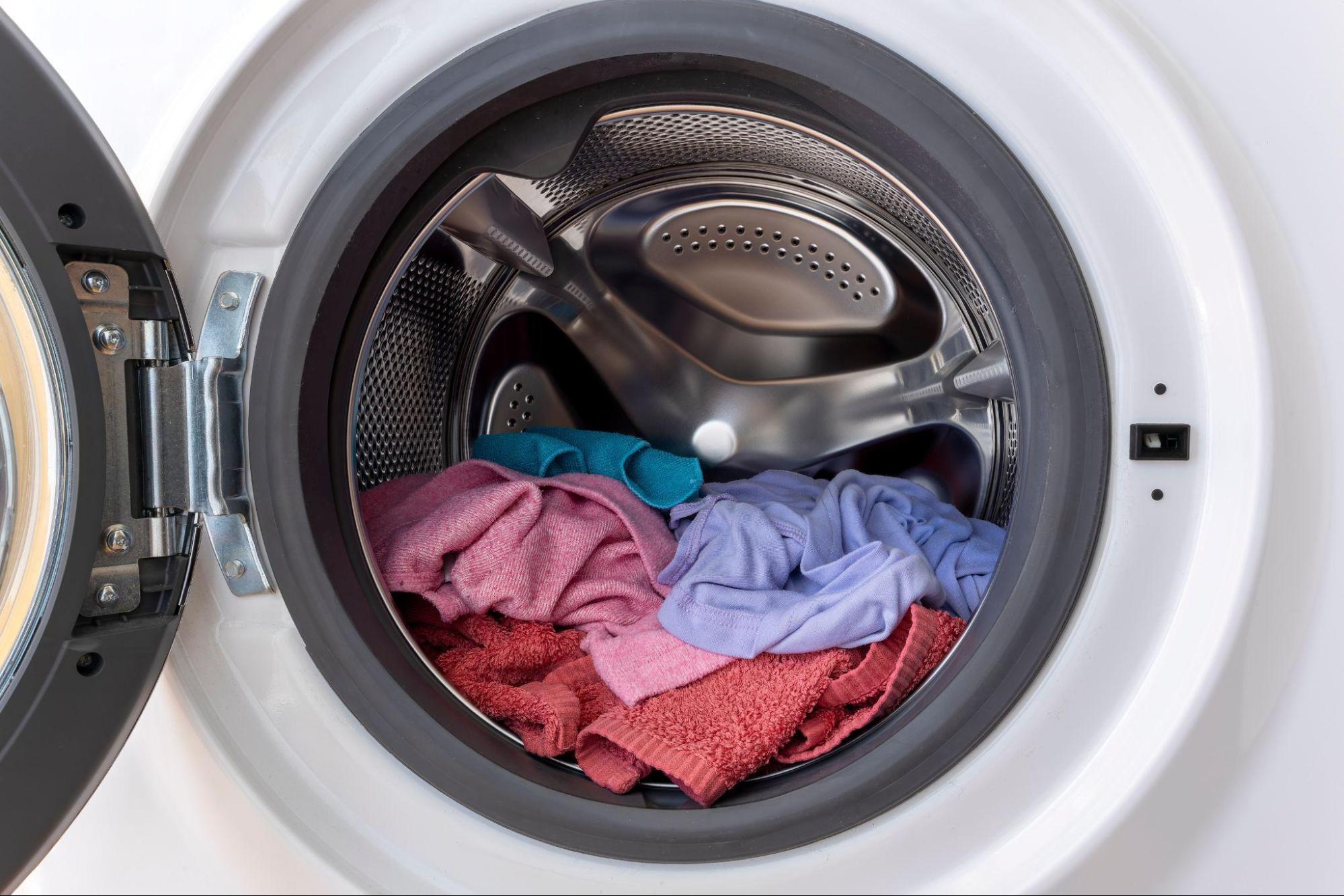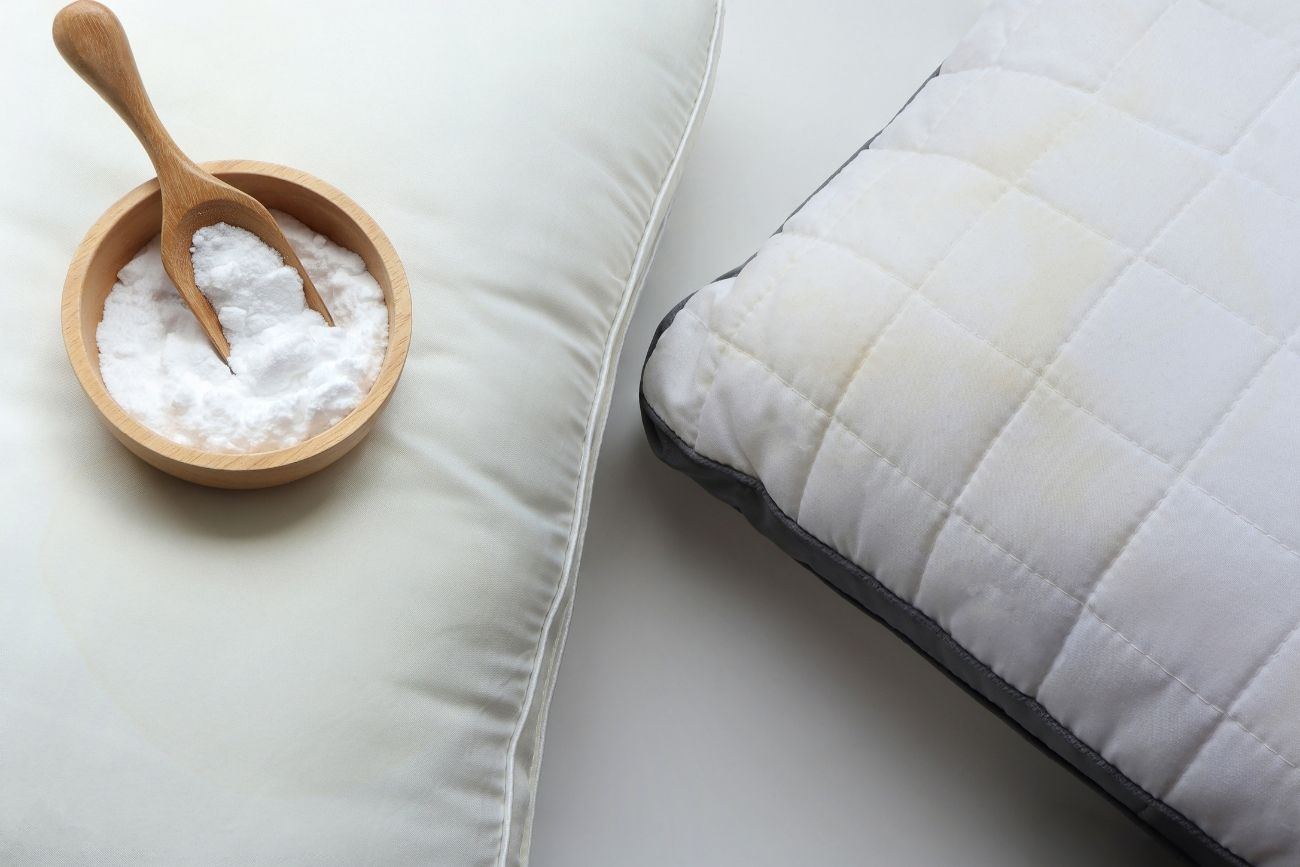Is your favourite white shirt turning yellow? Does it seem more grey than white even after washing? Whitening white laundry is an effective way to restore the original brightness of white fabrics and eliminate yellow stains that can appear after frequent washing or prolonged storage. There are several ways to whiten white laundry, and the choice depends on the fabric type and the level of staining. Using Bleach When washing cotton fabrics, you can use traditional chlorine-based bleach....
Washing from A to Z, Page 5
List of articles
When washing cashmere, take extra care to follow the instructions on the label. Cashmere is a luxurious material that is highly sensitive to temperature and mechanical stress, so handwashing is recommended. Handwashing Cashmere Use lukewarm water, with a temperature not exceeding 30°C, and a gentle detergent designed for wool or a special cashmere detergent. When washing, gently rinse the garment in the water and avoid rubbing or squeezing it to prevent damage to the fibres. After was...
If you discover mould stains on your clothes, remove them as soon as possible to prevent them from spreading and damaging the fabric. Mould can cause an unpleasant odour and is more difficult to remove if left on the clothing for too long. How Does Mould Form on Clothing? Mould most commonly appears on fabrics that are stored in poorly ventilated, damp areas, or when clothes are left wet in a closed environment, such as a laundry basket or sports bag. It most commonly occurs on natura...
Washing blankets can be a bit challenging, especially if they are larger in size or made from delicate materials. To keep your blankets clean, soft, and in good condition, it's important to follow the correct procedure. Tips on How to Properly Wash a Blanket Always follow the instructions on the label. Different materials may require different washing temperatures or special programs. Some blankets, such as those made from wool or cashmere, may be intended for hand washing only or dr...
Not all clothes are suitable for drying in the dryer. If you want to avoid damaging fabrics or losing their shape, some items should be air-dried instead. Here’s an overview of what definitely shouldn’t go in the dryer: Delicate fabrics like silk and wool: These materials are sensitive to heat and could shrink or get damaged in the dryer. Silk may lose its smoothness, and wool can shrink and lose its shape. Underwear and bras: The elastic materials used in underwear can lose their elasticity...
Ski clothing, including ski trousers and jackets, requires special care to maintain its functional properties, such as water resistance and breathability. Tips for Washing Ski Trousers and Jackets When washing, it is important to follow a few guidelines. Read the Labels: Always read the care instructions on the labels before washing. Most ski clothing requires washing on a gentle cycle at lower temperatures, usually around 30°C. Use a Special Detergent: Regular laundry detergents c...
Act Quickly: When removing resin, speed is key, as heat can cause it to penetrate more deeply into the fabric. Procedure for Removing Resin from Clothing Let the Resin Harden: Place the item in the freezer for a few minutes or use an ice pack. Once the resin hardens, carefully scrape off as much as possible with a fingernail, a plastic card, or a blunt knife. Use Alcohol or Nail Polish Remover: Apply a small amount of rubbing alcohol, technical alcohol, or non-acetone nail polish re...
Knowing how to properly load the washing machine is essential for effective washing and the longevity of both your clothes and the machine. The basic rule is not to overload the drum, allowing space for the detergent and water to circulate. The ideal capacity is to fill the washing machine to about three-quarters full, leaving some space at the top of the drum. What else affects how much clothing you can load into the washing machine? Type of Fabrics When loading the washing ...
New clothes require special care to maintain their colour, shape, and quality. Generally, new items, especially coloured ones, should be washed separately from other clothes to avoid colour bleeding. Tips for Washing New Clothes Before the first wash, it’s important to read the care label, which will indicate the appropriate temperature and wash cycle for the garment. For the initial wash, choose a gentle wash cycle with lower water temperature, usually up to 30°C, to minimise the ris...
Baking soda, also known as bicarbonate of soda, is an excellent natural cleaning agent with versatile uses in laundry. It’s effective not only for removing stains but also for neutralizing unpleasant odors and softening water. You can use it easily—just add approximately half a cup of baking soda directly to the washing machine drum along with your clothes, or pour it into the detergent compartment. Baking soda combines well with regular laundry detergent or powder, enhancing the cleaning power...










